Review
We’ve had an enjoyable six months with the Volkswagen ID7 (which included a four-week holiday in the GTX after the long-term Pro model’s 12-volt battery woes – scroll for the full story).
We’ve liked a lot; we’ve disliked a little. But the summary of our time with this saloon-shaped electric hatchback is very positive – it’s a definite contender on any fleet choice list.
Pitched against a varied backet of suitable contenders – BYD Seal Design, Polestar 2 Single Motor Long Range, Peugeot e-408 GT and BMW i4 eDrive35 Sport – the £51,525 ID7 fares well on a four-year/80,000 operating cycle.
Priced most closely to the £51,215 BMW and £50,895 Polestar, the ID7’s running costs are the lowest at 50.41p per mile, compared to the i4’s 51.04ppm and the 2’s 53.14ppm.
It can’t compete with the cheaper duo, though, primarily due to the depreciation gap. The £44,890 Peugeot costs 46.03ppm to run, albeit with a smaller 58kWh battery, while the £45,640 BYD is 45.42ppm.
Over the 4yr/80k contract term, that makes the Seal £3,992 cheaper than the ID7.
The ID7 has the lowest fuel cost of the quintet thanks to having the longest range but is beaten into third place by the BMW and Peugeot for service, maintenance and repair costs.
Other options worth considering include the Hyundai Ioniq 6 (£50,485, costing 51.90ppm) and Tesla Model 3 (£44,935, costing 44.42ppm – the cheapest of all seven models detailed here).

Some final thoughts before the ID7 returns to Volkswagen. Many journeys are now averaging 4.5mi/kWh (matching the official test figure); some have tipped the 5mi/kWh mark, suggesting the car’s full 383-mile WLTP range could potentially be exceeded with frugality.
That’s impressive, and substantially higher than the 295 ‘real-world’ figures expressed on the Electric Vehicle Database.
Volkswagen has demonstrated the ID7's full capability by achieving 6.75mi/kWh in one experiment.
The 15-inch touchscreen infotainment system is user-friendly, and we applaud the quick key functions at its base for one-touch aircon and temperature control. They are also now backlit (a criticism of previous ID models) for easy operation at night.
The ergoActive massage seats – certainly those on the passenger side – have been extensively tested on all eight programmes which offer true customisation, exploiting 10 pressure point air cushions in the backrest.
These activate lumbar, back and shoulder massages, with intensity and duration selected on personal choice, and are particularly effective when used with the heated seats.

The dynamic LED matrix headlights ensure optimum illumination of the road ahead without dazzling oncoming motorists and more than once have picked out wildlife lurking at the side of the road, ensuring you are primed for evasive action if required.
Weight up the costs versus rivals, bear in mind Volkswagen’s excellent and comprehensive retail network, consider the excellent driver experience and consider adding this car to your choice list.
It’ll be popular, as shown by the 2,122 company cars registered in the first quarter of 2025, making the ID7 VW’s third most popular true fleet model and its most popular electric car.
It’s also more than the BYD Seal, Hyundai Ioniq 6, Peugeot e-408 and Polestar 2. But, for context, top seller is the Model 3, at 5,604. Interestingly, in Q1 2024, the Tesla sold 2,700 – who said anything about the so-called “Elon effect”!
Minor gripes haven't put us off
In our last review, we indicated a few issues on the ID7 which, while not significantly detracting from the overall experience, are sufficiently irritating to worth highlighting.
The first is something that seems to affect models from across the Volkswagen Group: spongey brakes.
True, they are not as unresponsive as those in our previous long termer, the Audi Q4 e-tron, but they don’t bite soon enough for our liking. Colleagues driving electric cars from Skoda and Cupra have flagged similar concerns, with too much travel in the brake pedal.
It’s something you adapt to over time, though; it’s not like the brakes don’t work, so it isn’t a safety red line.

I’ll never get used to the front wipers, though, which squeak and squeal their way across the windscreen reminiscent of fingernails scraping across a blackboard. A few forum comments suggest this is far from an uncommon problem.
The wipers appear to be trying to remove a thin layer of glass on each stroke and can leave smudges after using the screenwash; the only relief comes during heavy downpours when the windscreen is extremely lubricated.
However, the rain presents its own nuisance. Opening the boot triggers a mini waterfall, with some of the surface water following drainage channels that seem to trickle into the boot. It’s a poor design.
Staying at the back of the car, we come to the rear windscreen. Over the winter months, unless the demister is on permanently, the screen never stays clear. It’s like driving a panel van, relying on wing mirrors.
The onset of the warmer weather has now largely irradicated this issue, though.
So, those are my main gripes with the ID7 – what are yours? Comment below.
I’d stress that all cars have quirks and niggles which make them an imperfect experience. But, to reiterate, none of my complaints about the ID7 are sufficient to put me off the car. I’d happily run it for the rest of the year (this is our last month).
Our final review will sum up our thoughts over the past six months (albeit, only five with the car in our possession – scroll down for the reasons why).
A true premium proposition
The first sign of spring isn’t the green shoots of snowdrops and daffodils. Or the sounds of birds singing in the trees. It’s the range on the Volkswagen ID7 nudging back above 300 miles!
With the temperatures rising into double figures, the impact on the ID7’s range has been dramatic: a full charge now offers 60+ additional miles, or a 25% rise over the 250 achieved in the near freezing weather.
Efficiency is now touching – and in some cases, exceeding - 4mi/kWh, compared to the previous 3mi/kWh.
Our long-termer is now back on the Fleet News fleet after having its 12-volt battery replaced (details in a previous review below). Just a few days of driving reaffirmed our view that this, the Pro, is the model of choice over the more expensive GTX 4Motion we had as a short-term replacement.
As a footnote to our GTX profile, we did suffer a puncture shortly before it was due to return which required a call to Volkswagen Assist, a service provided by the AA.
After a not unreasonable 55-minute wait, the patrolman quickly found and removed the culprit – a two-inch hex head screw (below) – and plugged the hole. It took just 15 minutes, and I was able to resume the 60-mile journey home (not exceeding 50 miles per hour). Excellent work by the AA.

So with decent mileage now a certainty in the ID7, resulting in fewer weekly charging sessions, and with three weeks of uninterrupted driving, attention can turn to the other elements of a long-term review.
Like the drive, which is exceptional. Not for budding motorsport racers, perhaps, but the adaptive dampers offer an excellent balance between comfort and stiffness, which means decent absorption of potholes with minimal body roll when cornering.
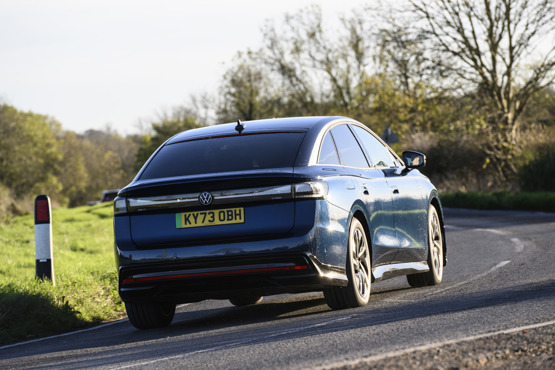
The steering is well weighted for assured and precise handling while the car accelerates at a pace that leaves most ICE models in the rear-view mirror (0-62mph in 6.5s in case you were wondering, although it feels quicker, particularly mid-range).
Three drive modes are available - eco, comfort and sport – with eco bumping up the range by five or six miles by reducing power and aircon output. If selected, it should be coupled to the regenerative braking option, ‘B’ on the drive selector.
This makes a noticeable difference in slowing the car, although it doesn’t bring it to a complete standstill to enable full single-pedal driving around town.
Volkswagen calls the ID7 its “most advanced, capacious and luxurious member of the ID family” and we wholeheartedly agree. The ID7 is a true premium proposition, worthy of consideration alongside Mercedes-Benz and – in truth – stablemate Audi.
It’s not a perfect scorecard, though, with a number of issues, which we will cover in our next review. However, while some of them are mildly annoying, they don’t detract from the overall experience. The ID7 deserves its place on any fleet choice list.
Flat battery required replacement
It’s been a stuttering start for our new Volkswagen ID7 long-termer. After the windscreen wiper gremlins highlighted in our first review (below), the car has now returned to Volkswagen for investigations into the 12-volt battery.
Many myths have been busted about electric vehicles, but some new realities can also emerge. I’ve been driving BEVs for around four years now and I’m aware of some 12v battery issues with vans – we’ve covered them on our Fleet News at 10 webinars. However, at no point has anyone officially told me that there is an issue on cars should they remain inactive for an extended period.
Well, now I know.
Our ID7 was static for almost two weeks over the Christmas period and upon resuming driving activities, I immediately received an alert warning me “12v supply currently restricted please drive carefully”.
Thankfully, the car was still driveable. A quick Google revealed an issue with some Volkswagen models (incidentally, also many Stellantis cars), with some even failing to start and necessitating the 12v battery to be replaced.
The issue is due to the fact the 12v battery, which powers the ancillary equipment such as wipers, clock, etc., and start-up, remains active when the car is not being used. However, is only charged when the car is plugged in or being driven.
An additional issue is when the key fob is kept too close to the car, around 10 metres (although that wasn’t a factor in this case). It continues to ‘talk to the car, further draining the battery.
The message popped up intermittently over the next few days – surprising because the battery should’ve regained its charge during prolonged driving.
Eventually, it returned to Volkswagen which confirmed that tests showed it was not fully holding its charge all the time. To avoid any further glitches, VW decided to replace the battery.
Volkswagen ID 7 Pro joins our fleet
Within days of taking delivery of our new ID7 long-termer, it returned to Volkswagen due to an intermittent passenger side windscreen wiper.
It stopped working during a cold snap, but later in the day sprang back to life (the driver side still worked). The car is now back with us, with VW unable to identify any fault. An unexplained gremlin that today’s tech-laden cars seem to suffer from occasionally.
Having driven the ID4 for six months last year, the ID7 marks a noticeable step up in terms of quality, comfort and performance. It much more closely embodies the spirit of Volkswagen than the carmaker’s first fully electric cars. Perhaps enough to persuade VW to return to its more recognisable Polo/Golf/Passat naming convention?
Our car is the ID7 Pro Match 77kWh 286PS, priced from £51,495 (we also have a heat pump, a £1,050 option, taking the P11D price to £52,545).
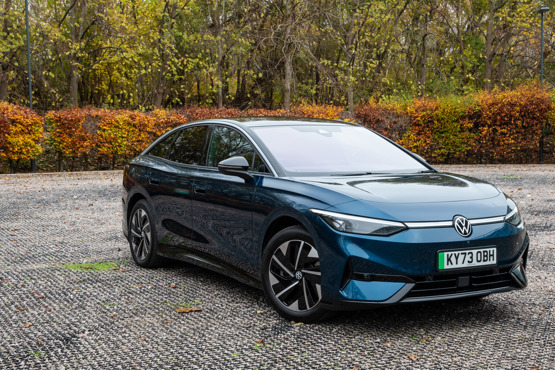
It’s the smaller of the two battery options (note the 77 is the useable figure – it’s the same 82kWh unit as we had in the Audi Q4 e-tron), with a WLTP range of 383 miles compared to the 437 miles offered by the 86kWh (useable) battery.
WLTP efficiency is 4.5mi/kWh; we’re getting around 3.5mi/kWh as the winter temperature is now regularly below 8 deg. C, which has seen the range drop to around 300 on a full charge. However, it tumbles alarmingly quick on a cold start, an effective reminder to precondition the battery before setting off.
The extensive list of standard equipment includes three-zone aircon with intelligent air vents, augmented reality head-up display, area view and rear-view camera, Park Assist with memory function, a variety of ‘Assists’ including lane, side, traffic, traffic jam and emergency, forward collision warning with swerve support, digital cockpit, dynamic LED matrix headlights, 19-inch alloys, driver and front passenger heated/massage seats, whopping 15-inch touchscreen infotainment, Car2X vehicle networking, voice assistant and Volkswagen Connect.
Initial impressions are favourable: the ID7 is big, but feels nimble, though not as agile as, say, the BMW i4. However, ride comfort and refinement are outstanding, befitting its natural habitat as an eager consumer of miles on long distance journeys.
Specs
| Manufacturer | Volkswagen |
| Model | Id.7 Hatchback |
| Specification | Volkswagen Id.7 Hatchback 210kW Match Pro 77kWh 5dr Auto |
| Model Year | 2024.00 |
| Annual VED (Road tax) | £10 |
| BIK List Price | £51,525 |
| Range | 382.00mile(s) |
| CO2 | N/A |
| BIK Percentage | 3% |
| Insurance Group | N/A |
| CC | 1 |
| Fuel Type | Electric |
| Vehicle Type | Large car |
| Luggage capacity (Seats up) | 532litres |
| Doors | 5 |
Running Costs
| P11D | £51,525 |
| Cost per mile | 59.63ppm |
| Residual value | £18,175 |
| Insurance group | N/A |
| Fuel Type | Electric |
| Cost per mile | 223.50ppm |
| Fuel | 2.05ppm |
| Depreciation | 219.05ppm |
| Service maintenance and repair | 2.40ppm |
Rivals
Info at a glance
-
P11D Price
£51,525
-
MPG
N/A (WLTP) -
CO2 Emissions
N/A -
BIK %
3% -
Running cost
3 Year 60k : £18,175 4 Year 80k : £14,525 -
Fuel Type
Electric -
Range
382.00mile(s)


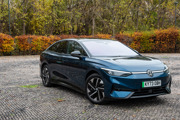
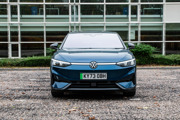
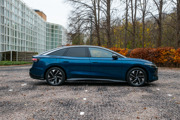
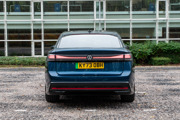

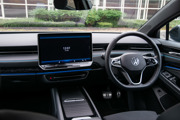
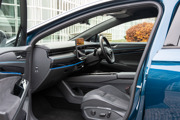
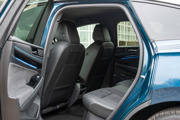
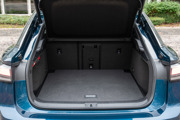



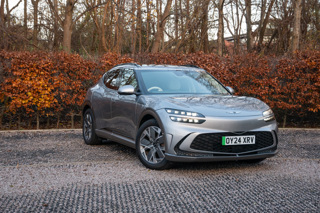
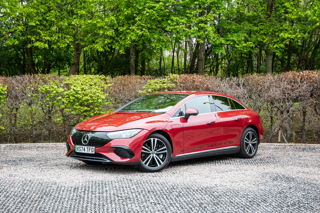
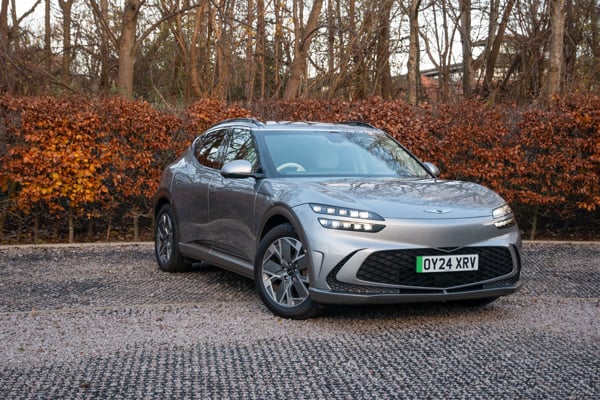
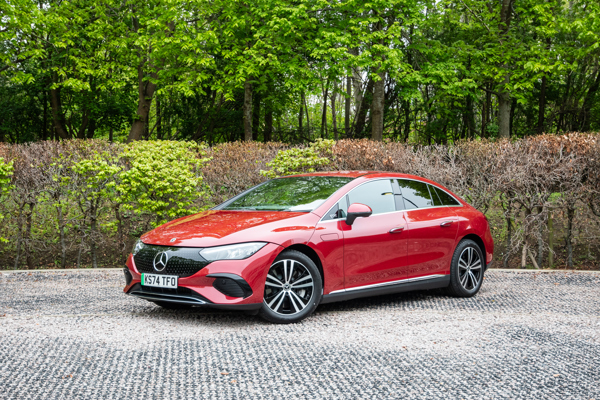
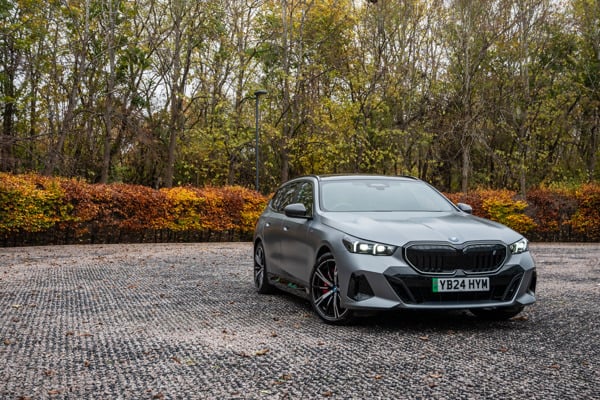
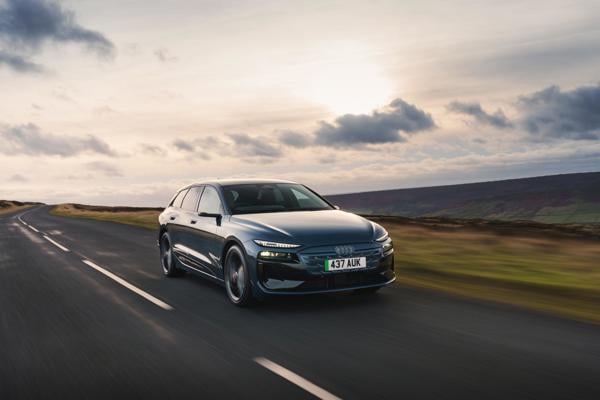
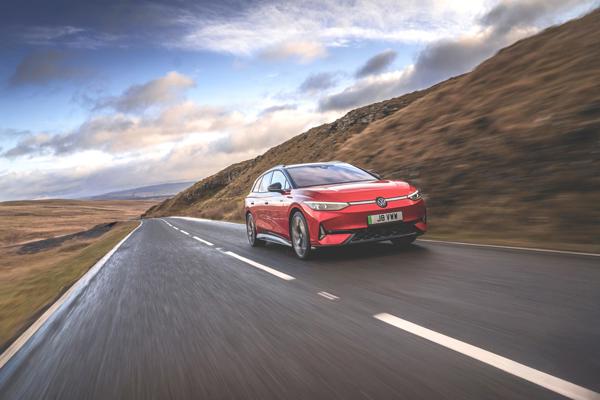

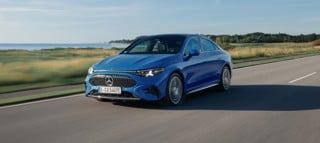
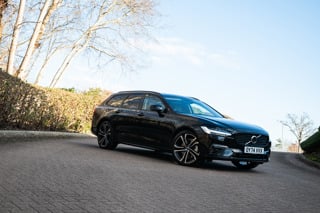

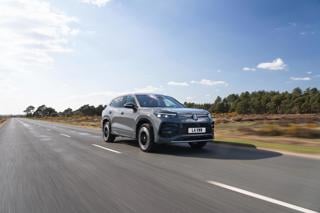

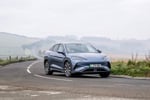





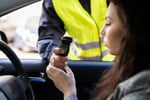




Login to comment
Comments
No comments have been made yet.